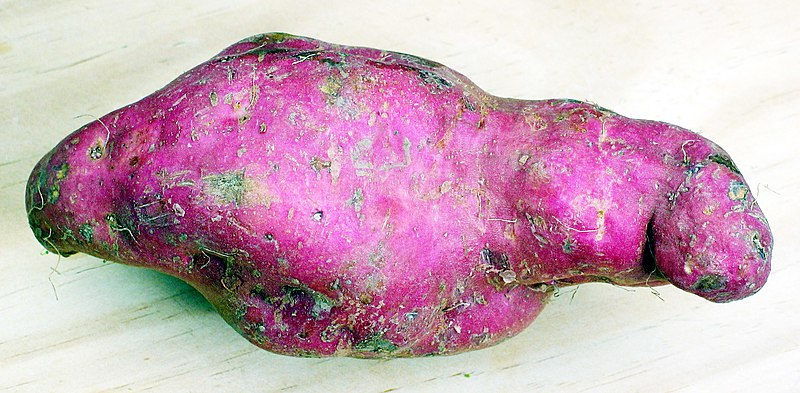Classification
In the English language, Conium maculatum can be translated into "poison
hemlock". Conium is the generic Latin version of the Greek word Konas, meaning
"to whirl". This label is appropriate because one of the symptoms that people develop
from ingesting this poisonous herb is vertigo, which causes a dizzy, whirling
sensation. To learn more about the toxicity of this plant, click here!
Multi-cellular
Membrane bound organelles
True nucleus
Sexual reproduction
--> At this taxonomic level, it is
interesting to know that C.
maculatum is even related to a sloth!
Kingdom: Plantae
Cell walls composed of cellulose
Presence of chlorophyll
Photosynthesizes
--> As we explore deeper into to the
phylogeny of C. maculatum, relative species become more narrow. At the kingdom
Plantae, C. maculatum is related the delicious, sweet potato.
Flowering plants (angiosperms)
Leaves
Stems
Roots
Enclosed seeds
Double fertilization
--> At the phylum Magnoliophyta, Conium maculatum is considered to be related to
a dinner time classic ... corn! You wouldn't want to eat C. maculatum though ...
Dicotyledons
Biennial
Net-veined leaves
Vascular bundles in a ring enclosing a pith
--> Narrowing down the taxonomic level
even more, we can consider the Venus
FlyTrap to be related to C. maculatum at
the class Magnoliopsida.
Flowers in umbels
Separate petals
--> Ginseng is an edible herb that many
of us consume and at the taxonomic order
Apiales, it is related to C. maculatum.

Family: Apiaceae
Carrot/parsley family
Aromatic plants
Long, hollow stems
--> When looking at the family Apiaceae,
C. maculatum is related to one of my
childhood favorites ... the carrot!
Highly toxic biennials
Hemlock
Species: Conium maculatum
Poison hemlock
--> Finally, we reach the most
specific taxonomic level, the species.
Pictured to the right is the beautiful
but deadly Conium maculatum
plant.
Conium maculatum Phylogenetic Trees
Phylogeny
Pictured above is a phylogeny that represents Conium maculatum. I constructed
this tree from the lecture notes given by my organismal biology professors at the
University of Wisconsin - La Crosse. C. maculatum is represented as part of the
super-group Archaeplastida and falls under the kingdom Plantae, also known as the
land plants. Some other organisms that come close into relation are red algae,
chlorophytes and charaphyceans. This phylogeny uses a cladistic approach for its
classification. This means that the classification is based upon evolutionary history
of groups of organisms.
Related Organisms
Pictured above is another phylogeny that might help you better understand what
kinds of organisms are more closely related to C. maculatum. As stated previously,
C. maculatum falls under the family Apiaceae. Though C. maculatum is not listed
under the Apiaceae family in the phylogeny shown above, you can see that
organisms like celery, parsley and dill are close in relation to C. maculatum as they
fall under the same taxonomic family.








